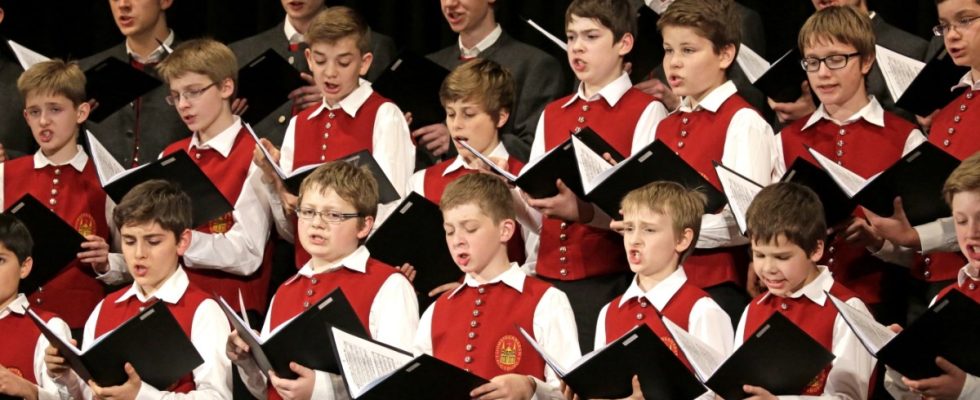So it’s all about sex again. Even with one of the most renowned choirs in the world, even with chorale and fugue, even with Johann. Sebastian. Bach. At least if you listen very carefully to the older members of the boys’ choir – and at least when there are young women in the audience.
According to a study currently published in the specialist magazine Biology Letters has appeared, the boys sound noticeably different depending on whether they are singing to an all-male audience or whether there are teenage girls among them. And they don’t just sound different, they sound better. At least if you ask women.
For their study, a group of researchers from Western Sydney University in Australia recorded the Leipzig St. Thomas Choir singing two Bach pieces: a chorale and a fugue. Once the boys sang in front of an all-male audience, and once there were young women among them, placed in the middle and at the front, so they were clearly visible to the boys.
The guys amplified the vocals between 2500 and 3500 hertz
The result: The basses, i.e. the oldest boys with the deepest voices, amplified their singing in the frequency range between 2500 and 3500 Hertz. This amplification, the so-called formant, results in a special sound that some describe as “radiant”. In the same study, male and female listeners, a total of 2247 people, were asked about their listening impressions. Both sexes noticed the change in sound. But while the men viewed her neutrally, the women found her more beautiful and more attractive.
It appears that the older, sexually mature boys modulated the sound of their voices to stand out. However, not to an extent that would disrupt the overall sound of the choir. In this case, the elements of cooperation and competition seem to be well compatible with each other. The researchers also write that it is a bit like the case with frogs: the group of males cooperates by croaking particularly loudly and beautifully and thus attracting females. But once they are there, the individual frog also wants to be noticed as a soloist and tries to make itself audible in the harmonious structure of the Quakers.
In the case of the chorale, with its homogeneous sound, the sound change of the Thomaners was greater than when singing the fugue, which, with its polyphony, already offers more opportunities for the individual singer to stand out.

